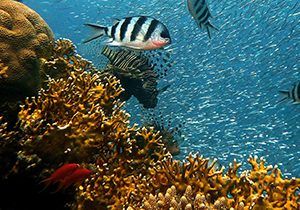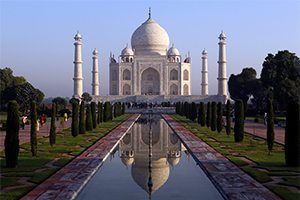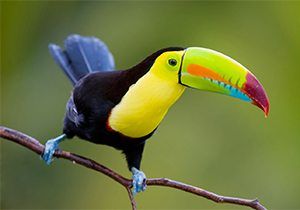
Ancient Egyptians primary resource
Discover some of the Ancient Egyptians’ greatest achievements
This primary resource introduces children to the lives and beliefs of the Ancient Egyptians. Discover when the Ancient Egyptian civilisation began and what their great achievements were. What were the Ancient Egyptians known for? Why did they build the ancient pyramids? How do you make a mummy?
Pupils will learn about the famous pharaohs that ruled the land, the gods and goddesses they worshipped and how to decode Egyptian hieroglyphics in our National Geographic Kids’ Ancient Egyptians primary resource sheet.
The teaching resource can be used in study group tasks for examining different aspects of ancient civilisations, as a printed handout for each pupil to review and highlight key information, or for display on the interactive whiteboard for class discussion. The resource includes information on: Tutankhamun, Tutankhamun’s tomb, Howard Carter, mummification, pyramids, hieroglyphics, Egyptian gods and goddesses and Ancient Egyptian pharaohs.
Activity: Ask children to write their names in hieroglyphics using the ‘crack the code’ section of the resource. Can they decode the sentence provided? Extend more able pupils by asking them to write their own simple sentence in hieroglyphics. Pupils could use the resource as a starting point for a project about the Ancient Egyptians. They could carry out their own research as a homework task, using the ‘scan here’ QR codes to lead them to further information.
N.B. The following information for mapping the resource documents to the school curriculum is specifically tailored to the English National Curriculum and Scottish Curriculum for Excellence. We are currently working to bring specifically tailored curriculum resource links for our other territories; including South Africa, Australia and New Zealand. If you have any queries about our upcoming curriculum resource links, please email: schools@ngkids.co.uk
This History primary resource assists with teaching the following History objectives from the National Curriculum:
- Know and understand significant aspects of the history of the wider world: the nature of ancient civilisations; the expansion and dissolution of empires; characteristic features of past non-European societies; achievements and follies of mankind.
National Curriculum Key Stage 2 History objective:
- Pupils should be taught about: the achievements of the earliest civilisations – an overview of where and when the first civilisations appeared and a depth study of one of the following: Ancient Sumer; The Indus Valley; Ancient Egypt; The Shang Dynasty of Ancient China
This History primary resource assists with teaching the following Social Studies First level objective from the Scottish Curriculum for Excellence:
- Having selected a significant individual from the past, I can contribute to a discussion on the influence of their actions, then and since
Scottish Curriculum for Excellence Second level Social Studies objective:
- I can discuss why people and events from a particular time in the past were important, placing them within a historical sequence.
Download primary resource
More Like

Formula E facts

Coral reef facts

India facts: discover this incredible country










LEAVE A COMMENT
THANK YOU
Your comment will be checked and approved shortly.
WELL DONE,
YOUR COMMENT
HAS BEEN ADDED!
COMMENTS
Cool
It is the first time that I visit your page. I hope to find interesting materials to work with my students.They are 9 and 10 years old . They are always ready to learn something new if it is intersting.
CUSTOMIZE YOUR AVATAR